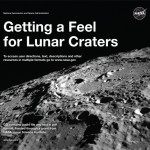 “Getting a Feel for Lunar Craters” is a new book from NASA designed to educate blind and visually impaired people about the Moon’s surface using tactile diagrams. David Hurd, a space science professor at Edinboro University of Pennsylvania, created the book along with tactile engineer John Matelock after a visually impaired student enrolled in Hurd’s introductory Astronomy course.
“Getting a Feel for Lunar Craters” is a new book from NASA designed to educate blind and visually impaired people about the Moon’s surface using tactile diagrams. David Hurd, a space science professor at Edinboro University of Pennsylvania, created the book along with tactile engineer John Matelock after a visually impaired student enrolled in Hurd’s introductory Astronomy course.
“NASA’s Lunar Science Institute is committed to the development of resources to bring lunar science into the world of those who cannot see. ‘Getting a Feel for Lunar Craters’ is one giant step for humankind, making lunar science visible through touch and sound,” said Yvonne Pendleton, director of the NLSI.
“Getting a Feel for Lunar Craters” is an excellent educational tool and we give it a strong BlindGadget 5 Robots rating. It would have been great to have had access to a copy when we took on Astronomy 1014 a few semesters ago. The tactile edition is available from the NASA Lunar Science Institute and there are also text and audio editions available for download.
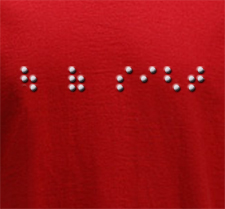
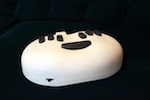
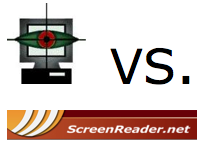

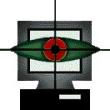
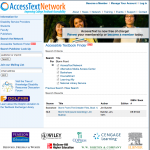
Follow us on Twitter, Like us on Facebook